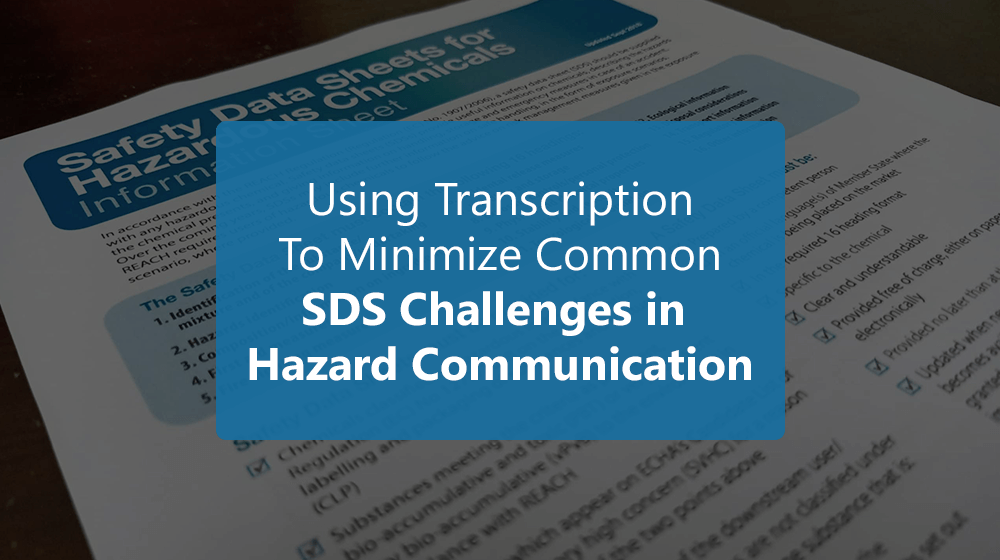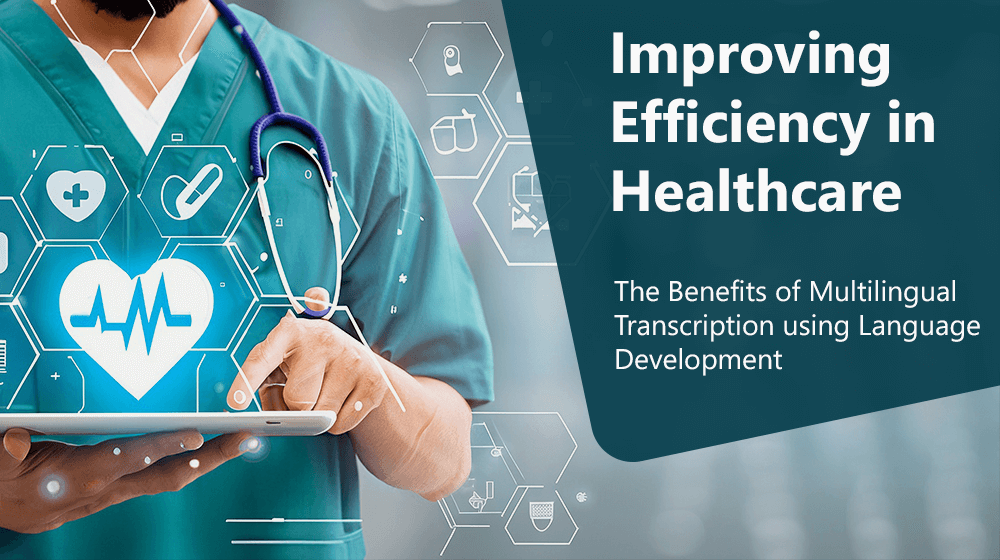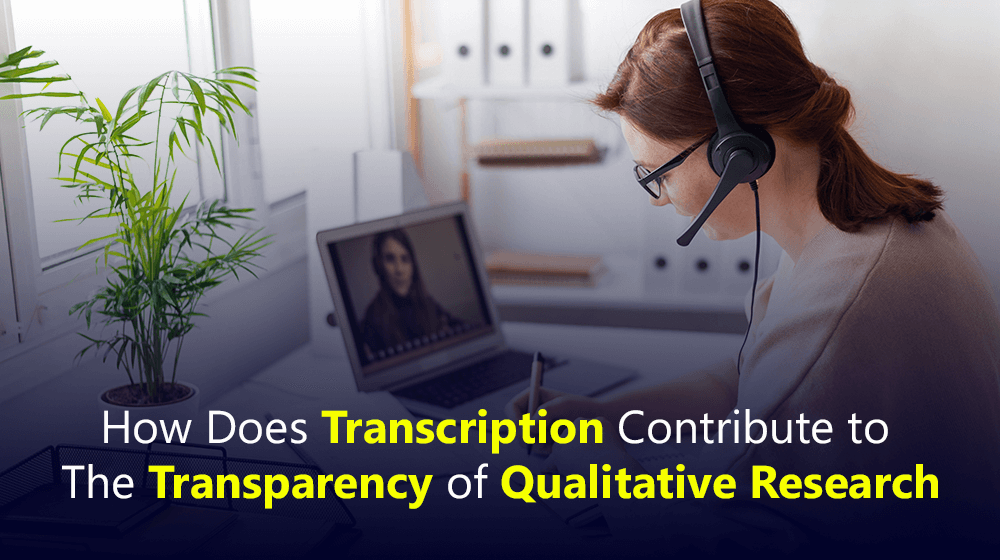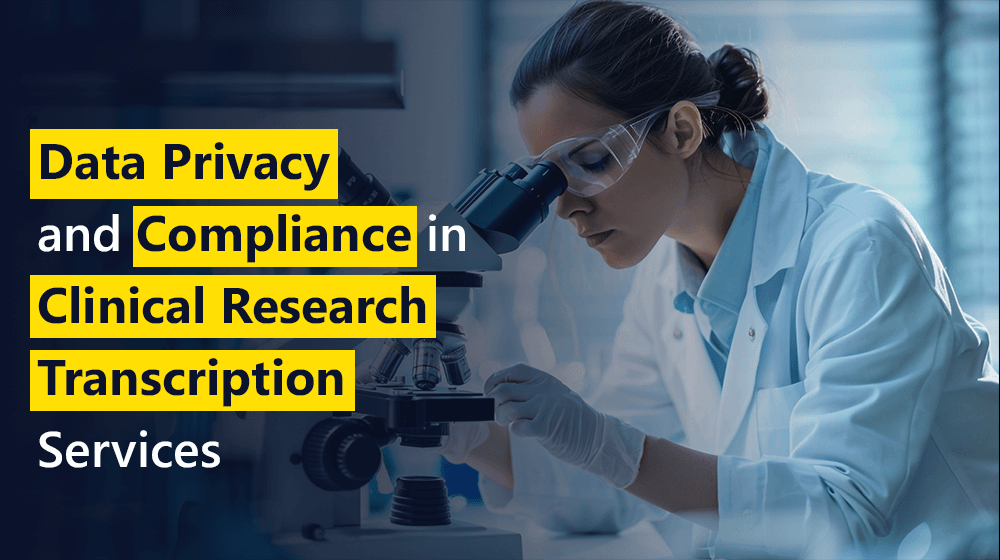The practice of transcription, or the conversion of spoken language into written text, has been
around for centuries. From court reporters to medical scribes, transcription has been essential for
many professionals. However, transcribing can be time-consuming and tedious, requiring skilled
individuals to listen carefully and accurately transcribe every word. Fortunately, recent technological
advancements have made transcription easier and more efficient.
Here, we’ll explore the future of transcription, specifically how voice recognition and machine learning are transforming the industry.
Role of Voice Recognition Technology in Transcription
Voice recognition technology has existed for several years, but the latest advancements have made it more reliable and accurate. This technology allows machines to understand human speech, making it possible to transcribe spoken language more efficiently and accurately. Voice recognition technology is beneficial when human transcriptionists are unavailable, such as in remote or busy environments. Additionally, voice recognition technology can transcribe spoken language in real-time, allowing faster turnarounds and more efficient workflows.
One of the most significant advantages of voice recognition technology is its ability to understand
different accents and dialects. As technology improves, voice recognition systems will be able to
recognize more nuanced speech patterns, making it easier to transcribe a wide range of languages and dialects. Furthermore, voice recognition technology is becoming more accurate as machine
learning algorithms are applied to refine the transcription process.
Impact of Machine Learning on Transcription
Machine learning is a variety of artificial intelligence that permits machines to learn from data and improve over time. Machine learning algorithms can improve voice recognition technology by comprehending large amounts of data and identifying patterns in speech. These algorithms can then be used to improve the accuracy of transcriptions, reducing errors and increasing efficiency.
One of the most promising benefits of machine learning is its ability to adapt to new speech patterns and language usage. As machine learning algorithms are exposed to more data, they become better at recognizing speech patterns and understanding language nuances. It implies that transcription systems powered by machine learning will continue to improve over time, resulting in more accurate transcriptions and fewer errors.
The Future of Transcription
The future of transcription is undoubtedly bright, thanks to advancements in voice recognition technology and machine learning. These technologies are already making transcribing spoken language easier and more efficient. As they continue to improve, we expect to see even more significant advancements in the field.
One of the most exciting developments in transcription is using natural language processing (NLP) to improve accuracy. NLP is artificial intelligence that allows machines to understand and interpret human language. As NLP algorithms become more advanced, they can analyze spoken language in greater detail, leading to more accurate transcriptions
Another exciting development in transcription is the use of cloud-based transcription services. These services allow users to upload audio files to the cloud, where they are transcribed using voice recognition technology and machine learning algorithms. It eliminates the need for expensive software or hardware, making transcription more accessible to individuals and organizations of all sizes.
Connect with us
Transcription is advancing rapidly, and we’re excited to help you get in on the action. If you want the best and most accurate transcription aids in faster turnarounds, connect with us. Our transcription services are equipped with high-end technology for accurate and reliable transcriptions. Without further ado, book a custom quote with us today!

















